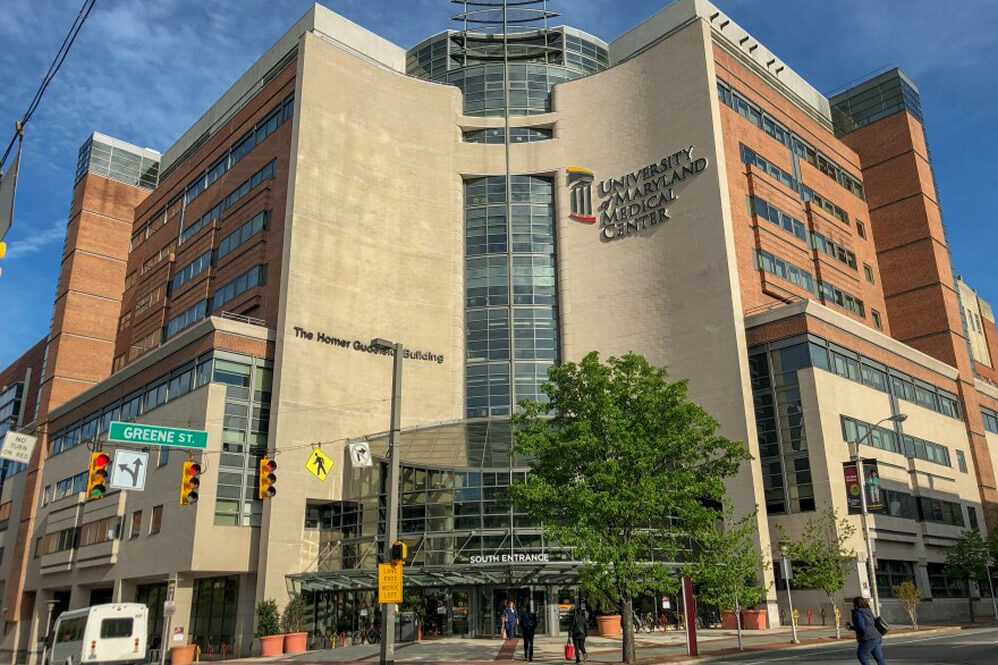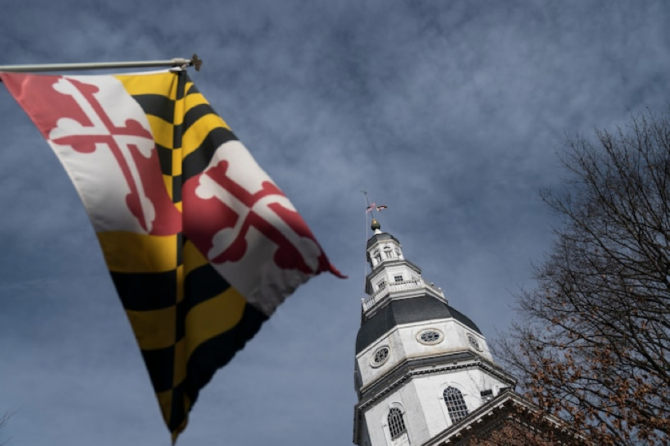The surge of the omicron variant of COVID-19, which peaked in January in Maryland, was possibly the most challenging part of the pandemic to date for hospitals, many of which were full nearly to capacity.
But even though the surge is now essentially over, with coronavirus hospitalizations dipping to only 391 statewide, a fraction of what they were in January, hospital officials say they are still struggling.
Some hospitals paused or reduced non-urgent surgeries during the worst of the surge and are now seeing influxes of patients with non-COVID-19 needs. Bob Atlas, president and CEO of the Maryland Hospital Association, said non-COVID-19 patients tend to come into hospitals immediately following surges at almost the same rate COVID-19 patients flow into hospitals during those surges.
“It’s almost a one-for-one trade,” he said, noting that occupancy rates of around 95% during the omicron surge have now dropped to only 90%, though most of that number is patients with non-COVID-19 needs. “We’re still pretty full. You never want to be 100% full, because you’ve got beds basically in turnover status, and you need some spare capacity to handle spikes.”
David Marcozzi, University of Maryland Medical System’s COVID-19 incident commander, concurred, saying that UMMS hospitals are busy tending to patients who held off or couldn’t access care over the past several months.
Throughout the pandemic, “our approach embraced the ability to care for non-COVID patients just as much as COVID patients, but during the surge we had to slow the ability to care for non-COVID patients,” he said. “We’re trying to catch up.”
UMMS hospitals are seeing approximately 80 cases a week, currently; it’s the first time the number of COVID-19 patients in UMMS hospitals has dropped into double digits since last November.
Although Maryland hospitals are now two years into dealing with the pandemic, several hospital leaders said they did gain new insights from the omicron surge, the most intense of the pandemic to date.
Marcozzi said that the surge, during which the state’s 7-day average case rate per 100,000 residents jumped from around 20 in early December to over 200 only a month later, reminded hospital administrators and staff members just how quickly they have to move to keep up with new variants of the virus.
“We have to go fast and go big and be ready to respond as soon as you start to see things evolve and change. With a variant that moves quickly, you have to match it with speed and intensity,” he said.
Similarly, Leslie Simmons, chief operating officer and executive vice president at LifeBridge Health, said that with each new surge, LifeBridge’s COVID-19 responses are becoming quicker and more efficient, especially when it comes to reassigning non-clinical staff members to support clinical teams.
“I think one of the biggest lessons learned is, we learned how to quickly redeploy staff and train them … to extend that care team,” she said.
Sherry Perkins, president of Anne Arundel Medical Center, said that AAMC has also gotten more efficient at reassigning staff. She recalled that during the most recent surge, for example, members of the hospital’s human resources department were asked to stock and distribute supplies on an acute care nursing unit, freeing up nurses who would ordinarily do those tasks.
Another lesson Perkins learned during the omicron surge had to do with communication and messaging. She and other hospital leaders managed to effectively communicate to the public not to come to emergency rooms, which were overwhelmed with patients, for non-emergency issues, like getting a coronavirus test. Partnering with other hospital leaders and the media to spread that message was imperative for keeping emergency rooms from becoming overburdened by non-urgent requests.
Perkins said hospitals had made similar requests at other points in the pandemic, but this time, “there was such a collective voice around that in the hospital field,” she said, which made the call much more effective and far-reaching.
Though hospitals are still dealing with the fallout of the surge, many are now able to begin moving back towards regular operations for the time being — while remaining cautious of potential spikes, surges or variants still to come.
“I think everyone is very happy that there’s been such a sharp decline in the surge,” Simmons said. “I think the suddenness of how it came on has really alerted people to, ‘wow, this could happen again.’”









